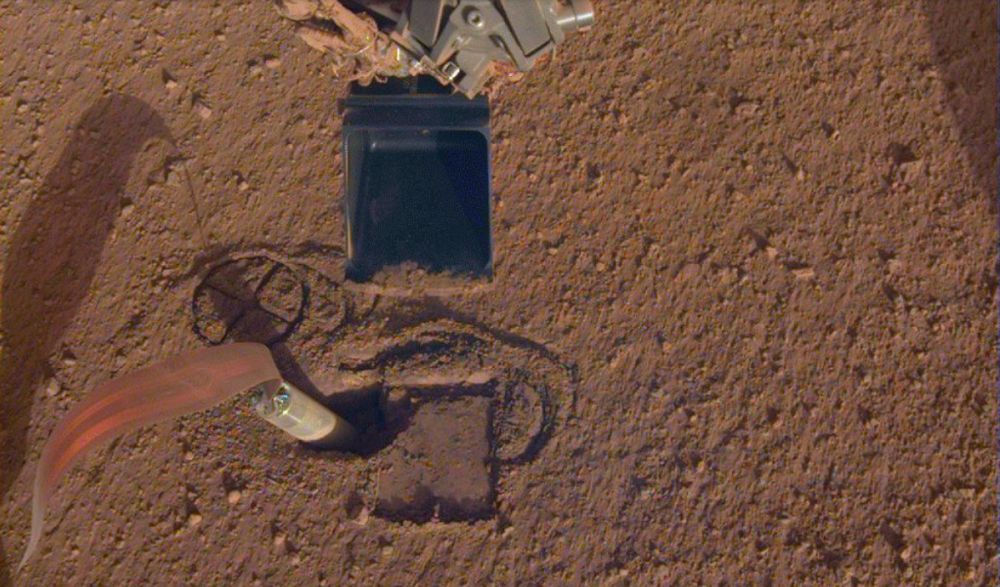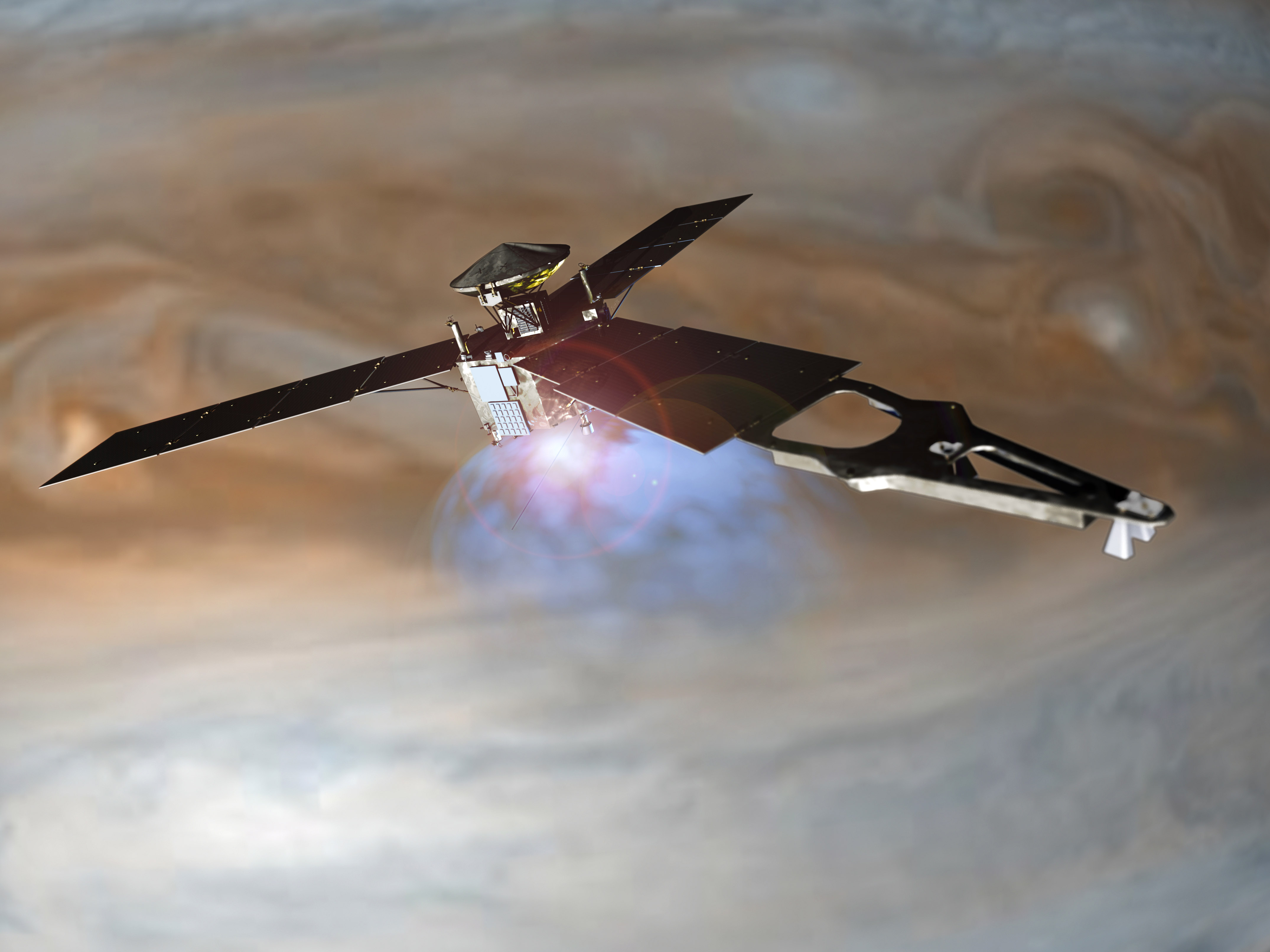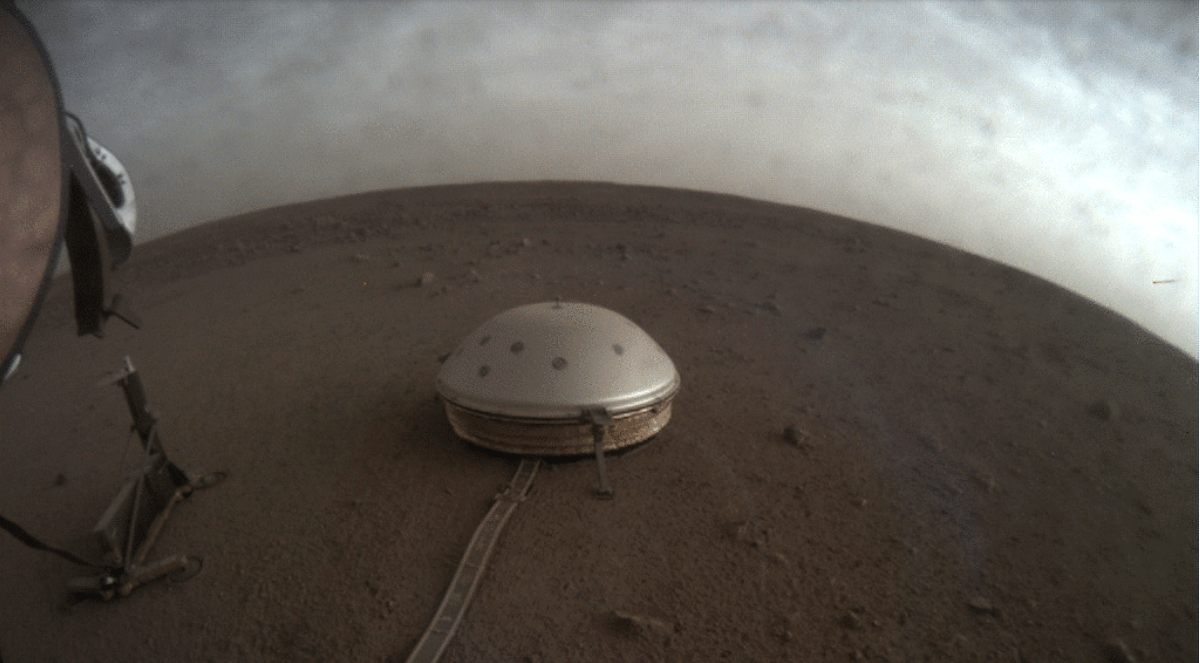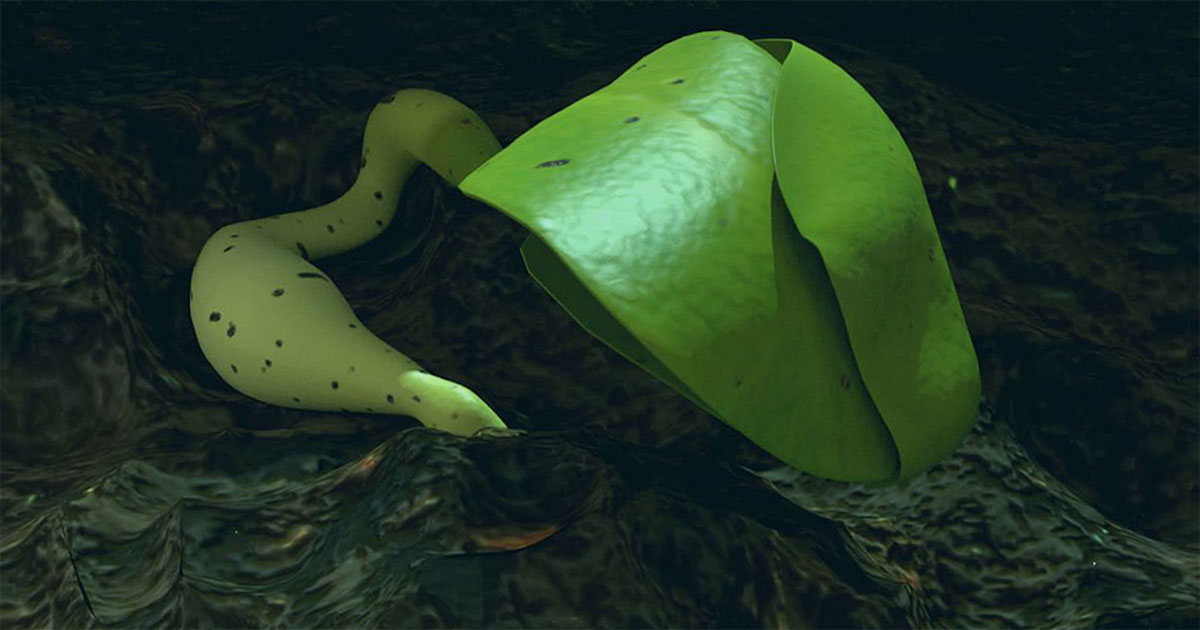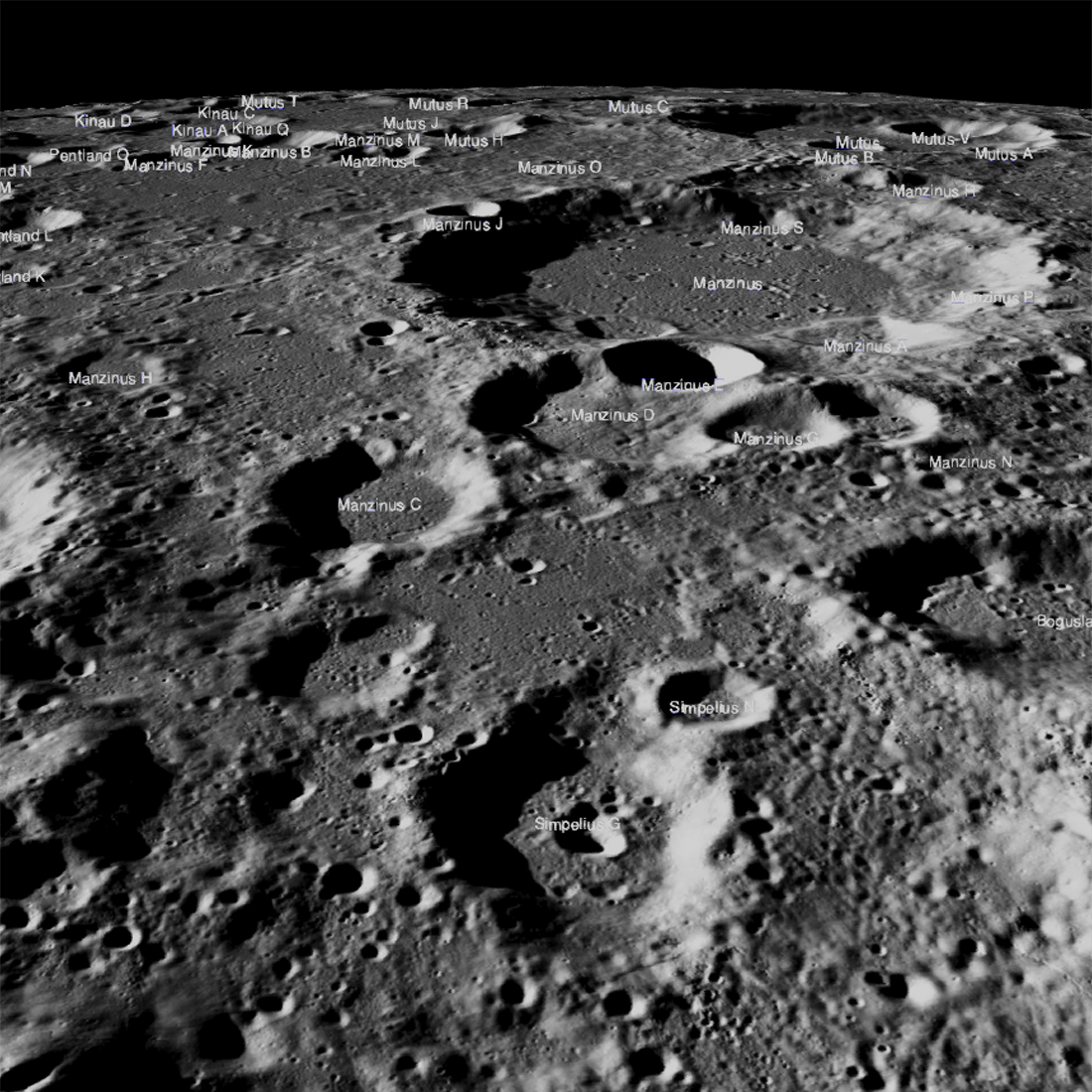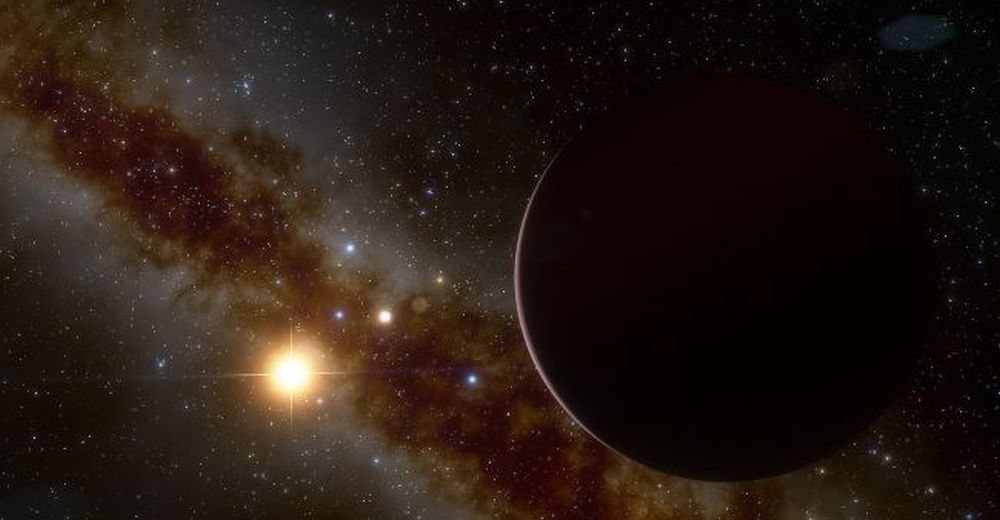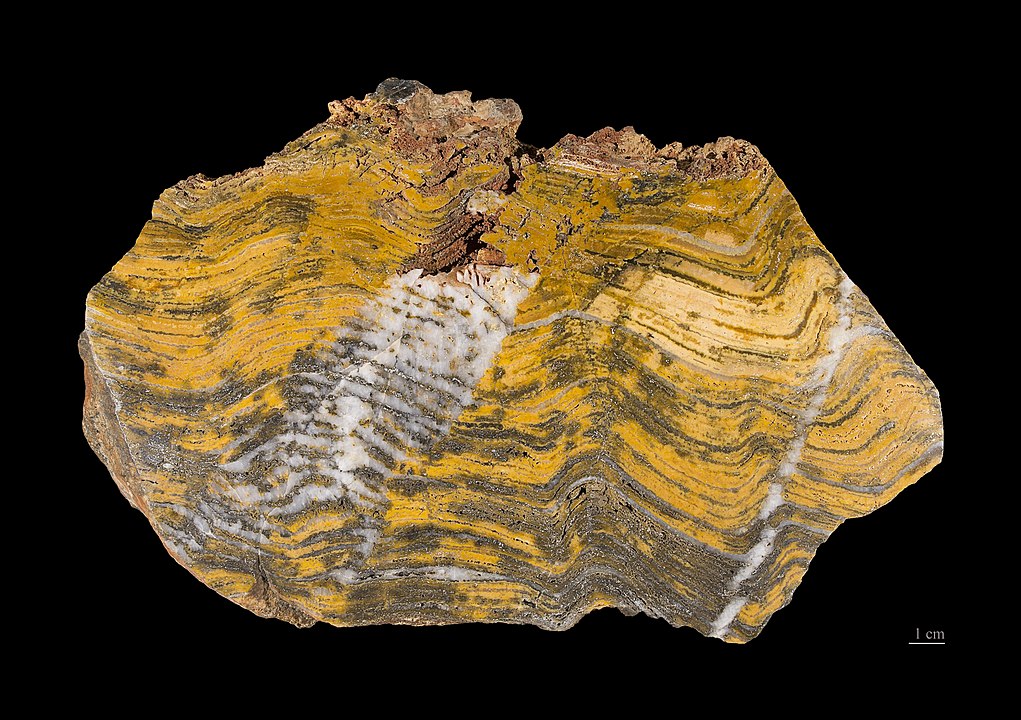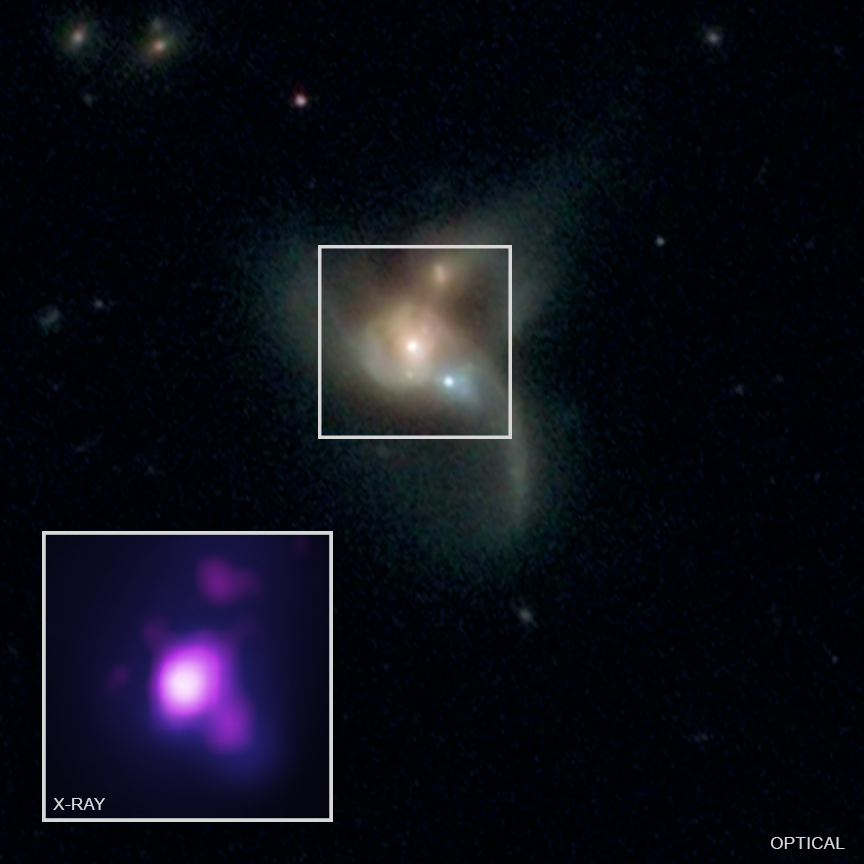The mole is still stuck.
The mole is the name given to the Heat Flow and Physical Properties Package (HP3) instrument on NASA’s Mars InSight lander. It’s job is to penetrate into the Martian surface to a depth of 5 meters (16 ft) to measure how heat flows from the planet’s interior to the surface. It’s part of InSight’s mission to understand the interior structure of Mars, and how it formed.
But it’s stuck at about 35 centimers (14 inches.) The mole can do science shy of its maximum depth of 5 meters, but not this shallow. And NASA, and the DLR (German Aerospace Center) who provided the mole, have a new plan to fix it.
Continue reading “Here’s NASA’s New Plan to Get InSight’s Temperature Probe Into Mars”
